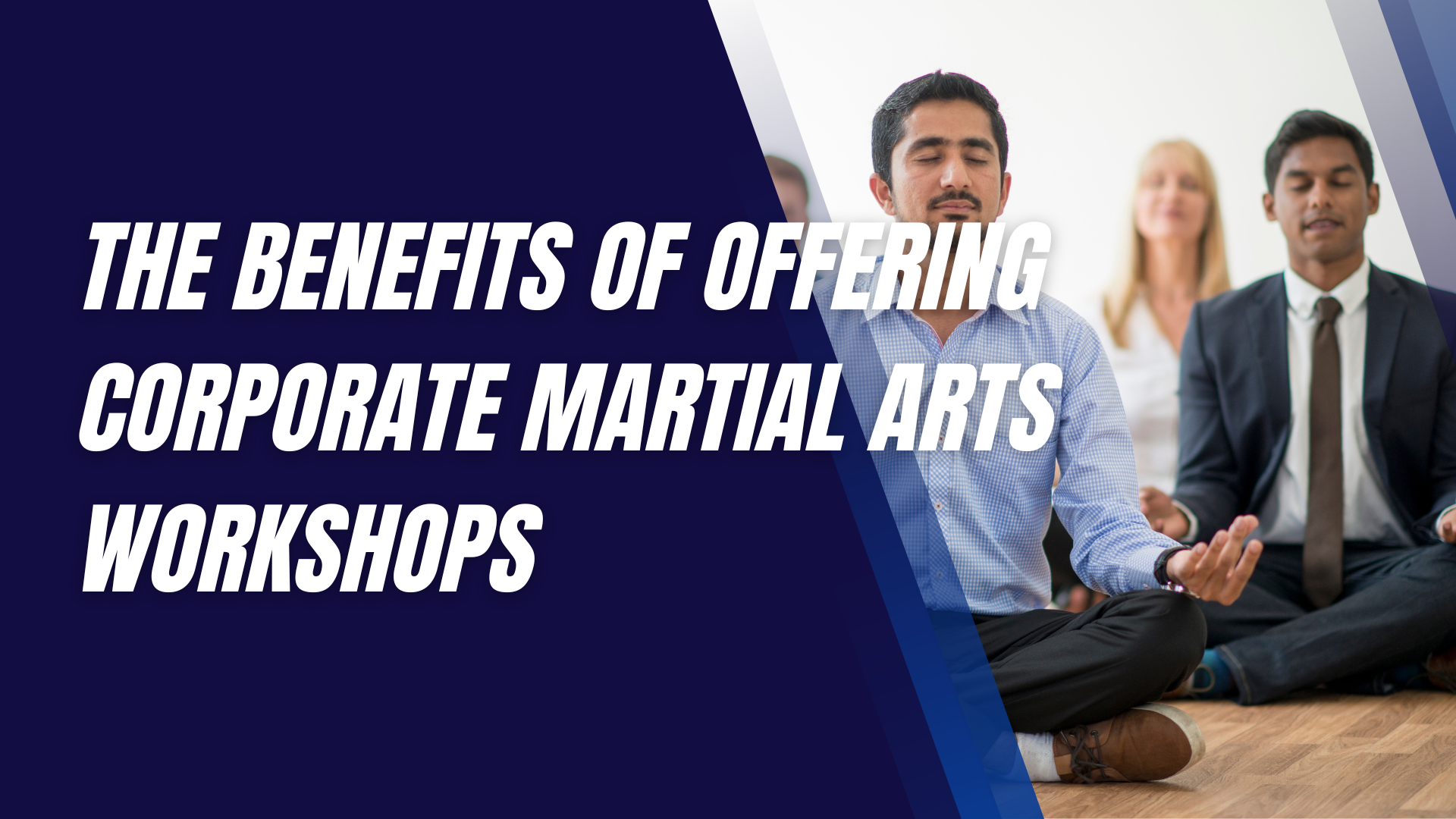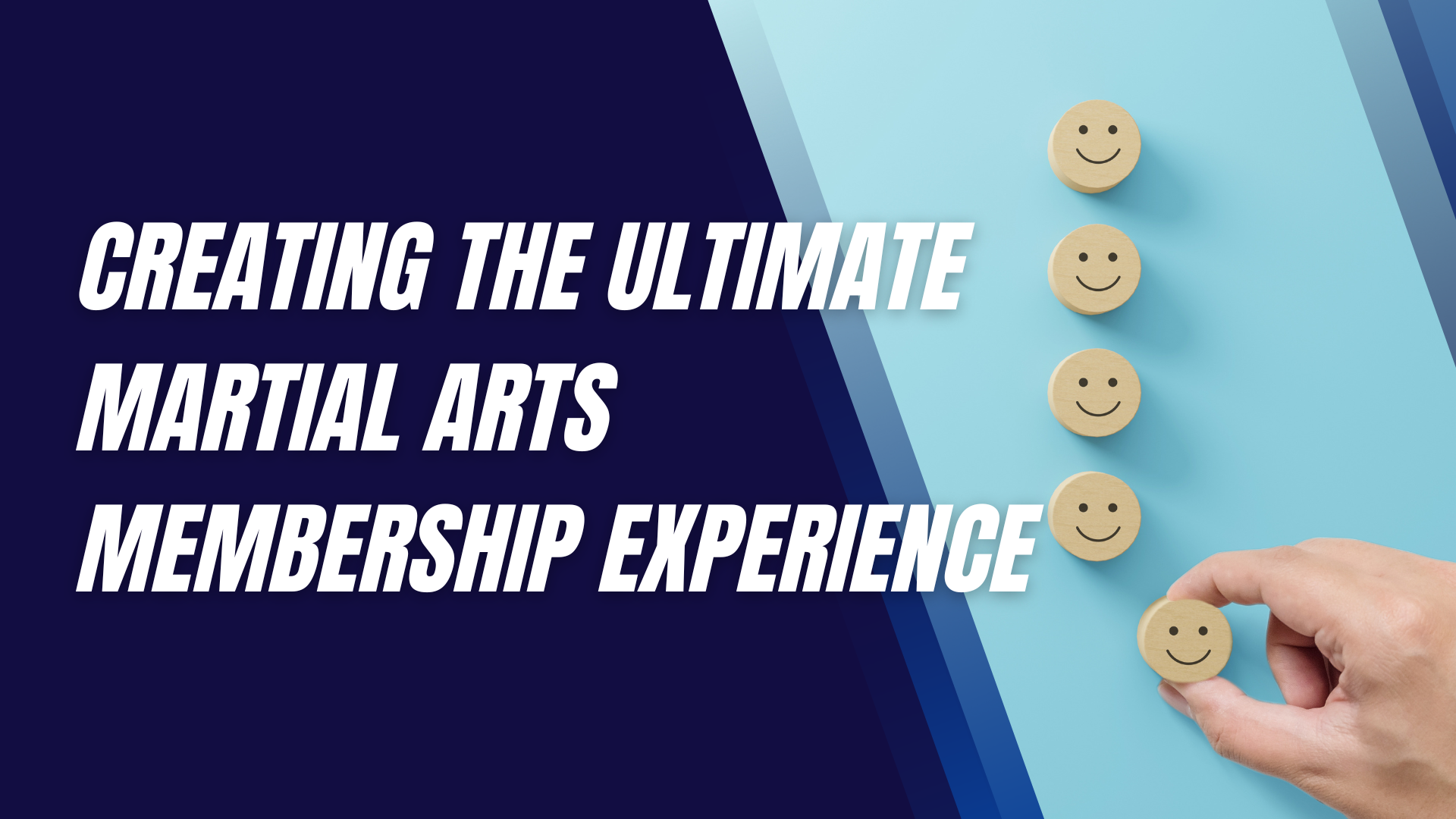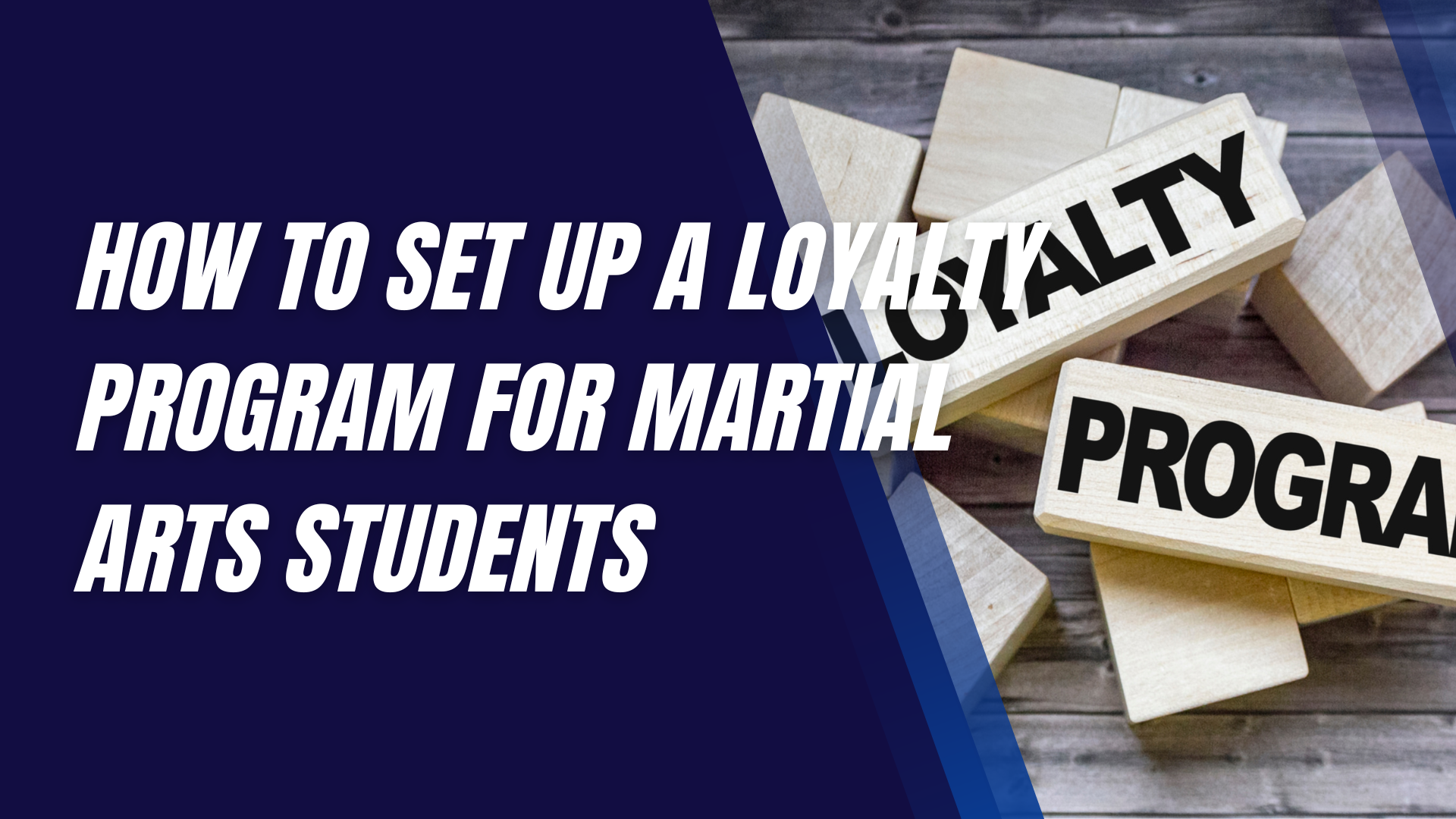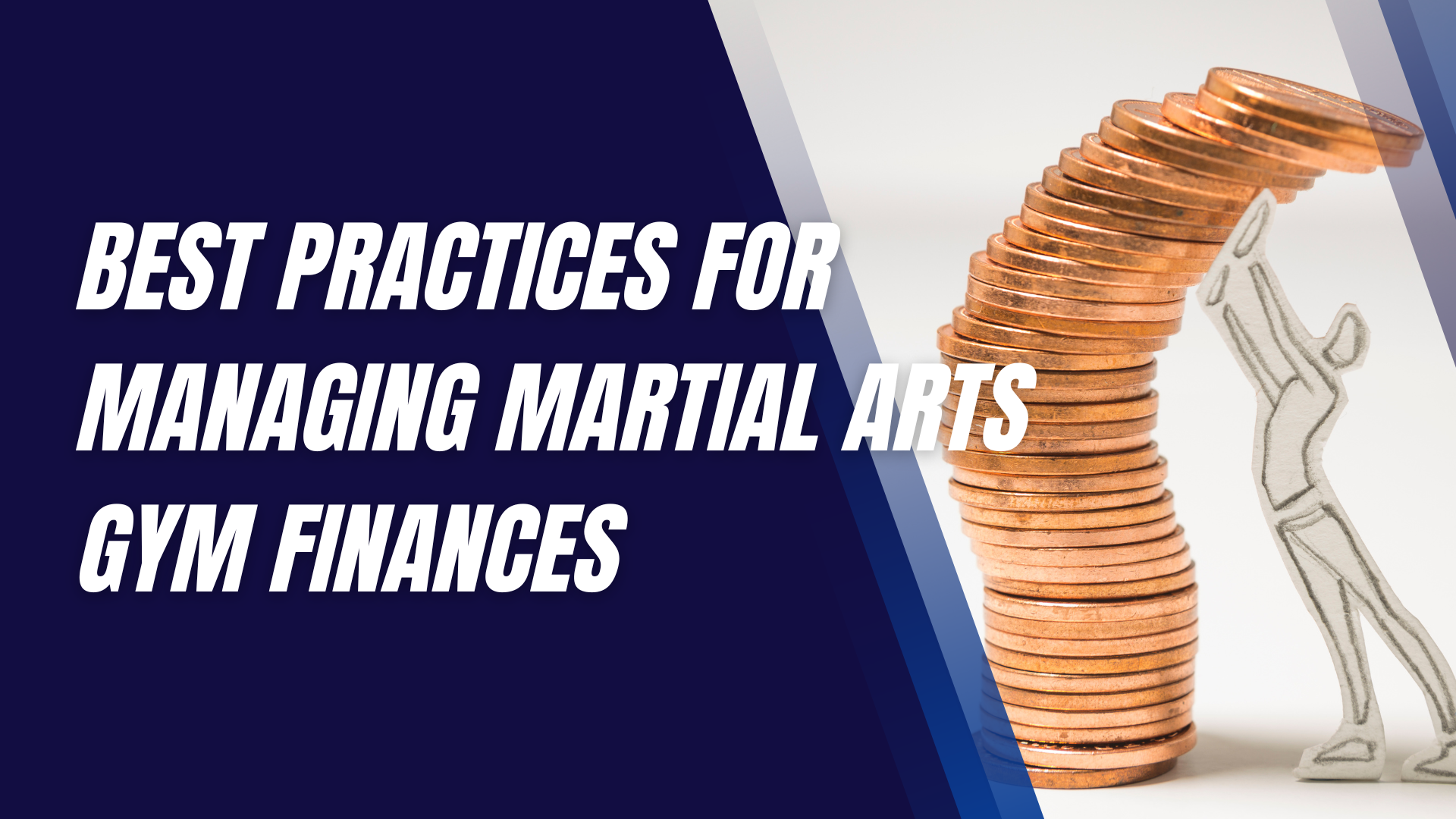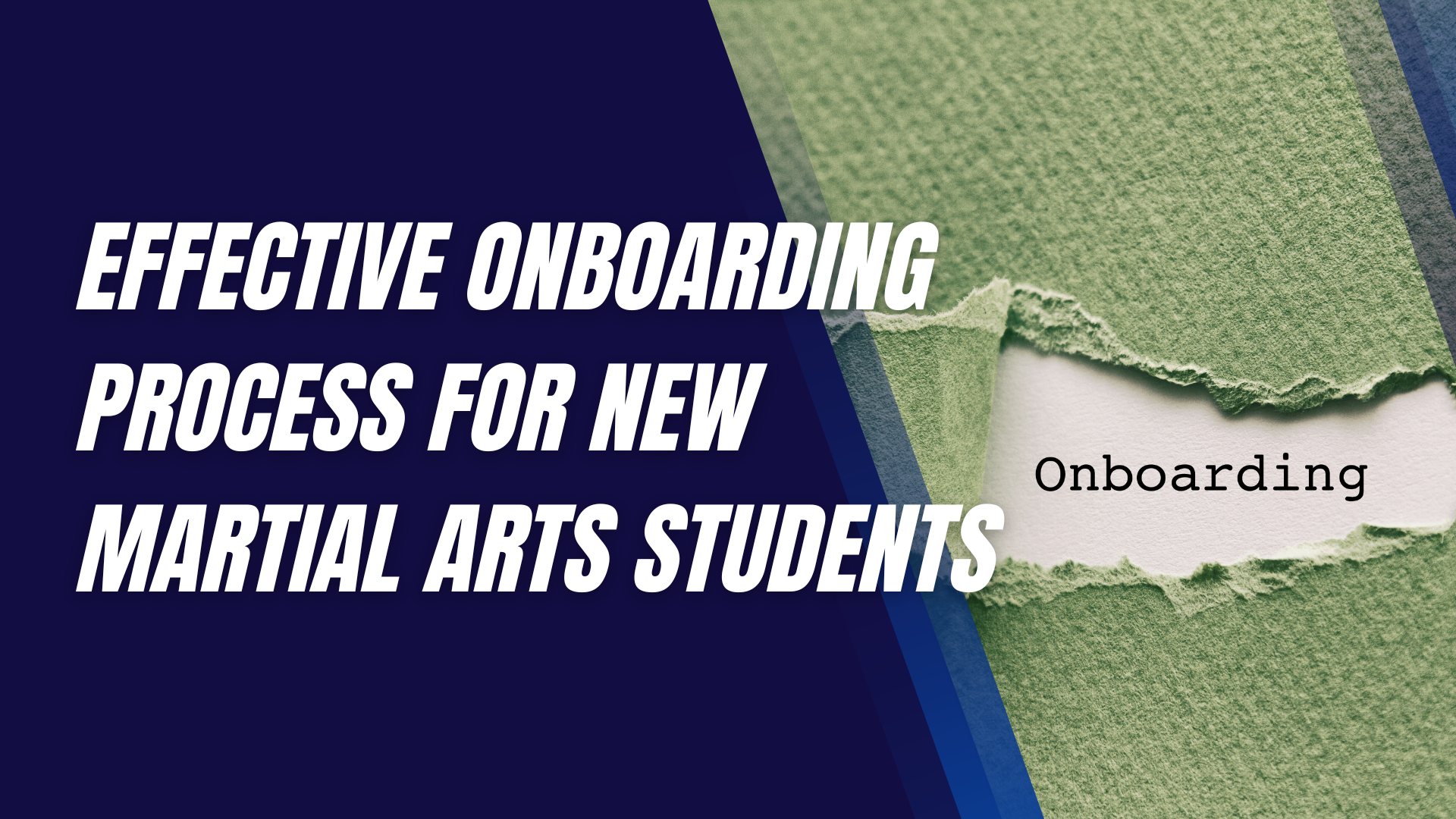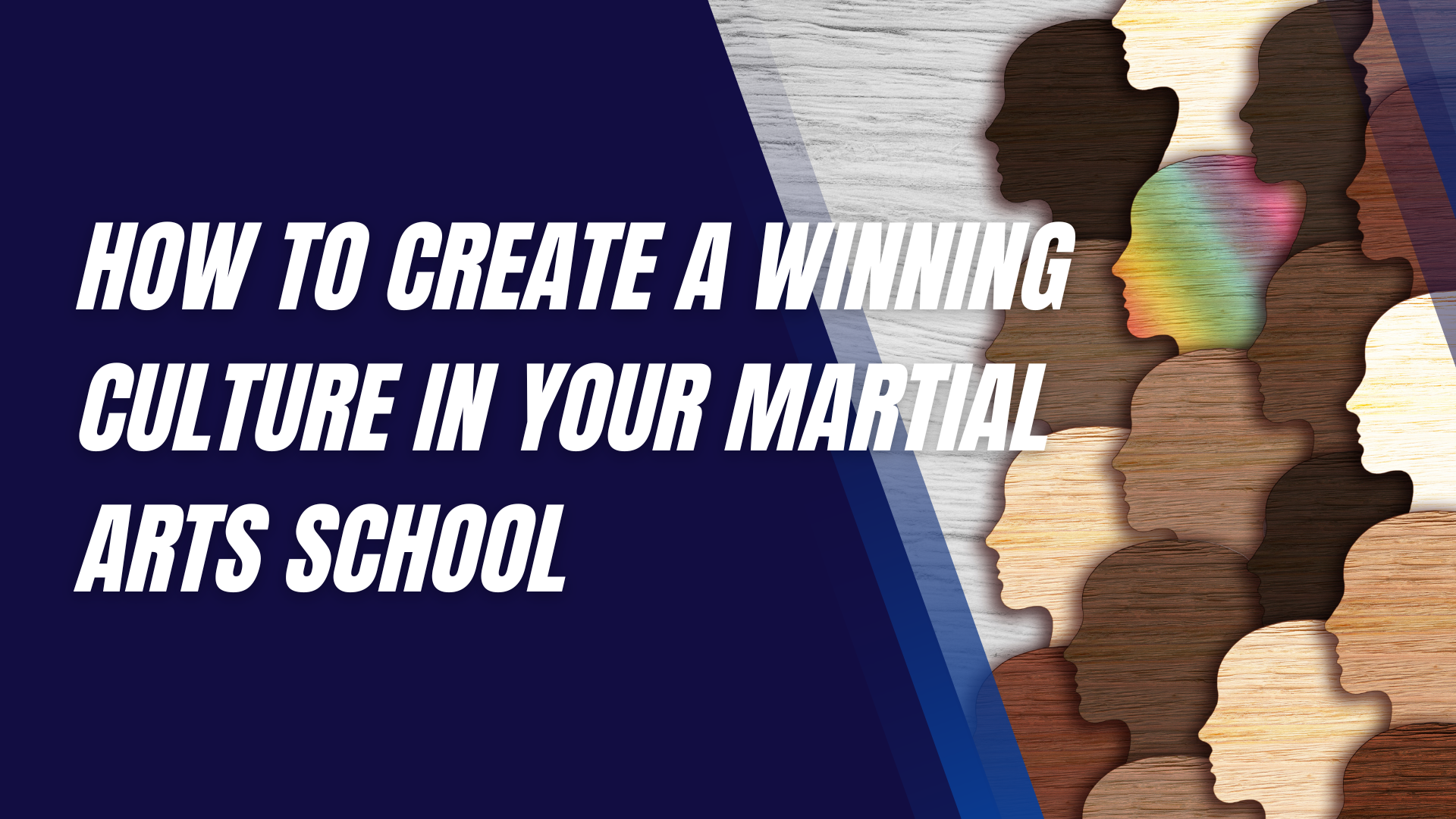The Benefits of Using Mirrors for Self-Correction in Martial Arts
Mirrors are more than just reflective surfaces—they're essential tools in many training environments, especially in martial arts.
From karate dojos to taekwondo studios, mirrors provide immediate visual feedback that can significantly enhance the learning process. In martial arts, self-correction and self-awareness are crucial. But how exactly do mirrors play into this? Let's explore the many benefits of using mirrors for self-correction in martial arts and how they can transform your training journey.
The Role of Mirrors in Martial Arts Training
Mirrors are like silent instructors in a martial arts training space. They provide visual learning opportunities, allowing practitioners to see their movements in real-time. This immediate feedback is invaluable for understanding how a technique should look versus how it currently appears. Whether you're a beginner trying to perfect a basic punch or an advanced student refining a complex kata, mirrors offer an instant check on your form and alignment.
Enhancing Self-Awareness
One of the core benefits of using mirrors in martial arts is the enhancement of self-awareness. Martial arts demand precise body positioning and movement. Through mirrors, practitioners can clearly see where they are making errors, such as improper foot placement or slouching shoulders. By recognizing these bad habits early, martial artists can make immediate adjustments, leading to better overall technique and performance.
Improving Technique Through Visual Feedback
Visual feedback is a powerful tool for refining martial arts techniques. Whether it’s perfecting the snap of a kick or ensuring a punch is delivered with proper form, mirrors allow students to self-correct on the fly. By observing themselves, martial artists can adjust their stance, align their hips, and refine their movements to be more effective. This process not only improves technique but also embeds the correct forms into muscle memory.
Developing Muscle Memory
Muscle memory is the bedrock of martial arts proficiency. Mirrors help by providing a visual guide that reinforces correct movements over time. When a practitioner repeatedly sees and corrects their form in the mirror, their body begins to remember those proper positions. This repeated visual correction helps in creating a ‘mental map’ of how each technique should feel and look, which is crucial for executing movements without conscious thought during sparring or in competitions.
Boosting Confidence and Self-Esteem
Seeing your progress can be a massive confidence booster. Mirrors provide that opportunity to see the tangible results of hard work and practice. As martial artists notice improvements in their form and technique, it naturally enhances their self-esteem. This visual confirmation of progress helps in overcoming self-doubt, encouraging students to push through challenges and stay committed to their training.
Mirrors vs. Instructor Feedback
While mirrors offer a unique advantage in self-correction, they are not a replacement for instructor feedback. Instructors provide expert guidance, personalized corrections, and insights that mirrors cannot. However, mirrors serve as a perfect complement to this, allowing students to independently monitor their progress and practice corrections between formal feedback sessions.
Fostering Discipline and Consistency
Regular use of mirrors encourages a disciplined approach to training. Martial arts require consistent practice and self-checks to maintain proper form and technique. Mirrors make it easier to keep track of one’s progress, motivating students to be consistent in their practice. This habitual self-monitoring can lead to significant improvements over time, fostering a disciplined training routine.
Improving Focus and Concentration
Training in front of a mirror demands attention to detail, which enhances focus and concentration. When you’re watching yourself, it’s harder to let your mind wander. The act of self-assessment through mirrors keeps practitioners engaged, prompting them to concentrate on the nuances of each movement. This heightened focus not only benefits physical performance but also sharpens mental clarity—a key component in martial arts.
Correcting Symmetry and Balance Issues
Symmetry and balance are vital in martial arts, as uneven techniques can lead to inefficiencies and even injuries. Mirrors allow practitioners to compare both sides of their body, ensuring that techniques are symmetrical and balanced. This is especially important in forms that involve complex, multi-directional movements where balance is crucial.
Assisting in Injury Prevention
Improper form is a common cause of injuries in martial arts. Mirrors help by allowing students to spot potential issues before they become problematic. For instance, seeing that a knee is not properly aligned during a kick can prompt immediate correction, preventing strain or injury. This proactive approach to self-correction is an effective way to reduce the risk of injuries during training.
Mirrors in Different Martial Arts Disciplines
The use of mirrors can vary across different martial arts disciplines. In striking arts like karate, taekwondo, and kickboxing, mirrors are extensively used to perfect strikes, stances, and overall form. In grappling arts such as judo or Brazilian jiu-jitsu, mirrors are less common but can still provide value in solo drills and movement-based exercises. Understanding how to leverage mirrors within the context of your specific martial art can maximize their effectiveness.
Common Mistakes When Using Mirrors
While mirrors are beneficial, it's easy to fall into the trap of over-reliance. Relying solely on mirrors can lead to a lack of feel for the movements, which is critical during real combat or sparring where you can't always see yourself. Additionally, mirrors can sometimes give a false sense of security if not used correctly—visual feedback should be combined with kinesthetic awareness for the best results.
Tips for Effective Use of Mirrors
To get the most out of mirrors in your martial arts training, consider these tips:
- Use mirrors sparingly to avoid over-reliance.
- Focus on one aspect of your technique at a time to avoid overwhelming yourself.
- Practice without mirrors periodically to develop a feel for your movements.
- Use mirrors to check symmetry and alignment rather than just aesthetics.
Final Thoughts
Mirrors are a powerful tool for self-correction in martial arts, offering benefits like enhanced self-awareness, improved technique, and injury prevention. However, they should be used as part of a balanced training regimen that includes instructor feedback and solo practice without mirrors. By integrating mirrors thoughtfully into your training, you can accelerate your progress and develop a deeper understanding of your martial art.
Interested in trying a martial arts class? Find an affiliated academy anywhere in the country by clicking here.
Have your own martial arts program? Get to know more about what we have to offer at Ground Standard Agency for helping martial arts businesses grow.
Email us at info@groundstandard.com, or call and text us at (732) 907-8920 today to learn how to start growing your own academy, school, dojo, or gym with us as well.
Share this article

